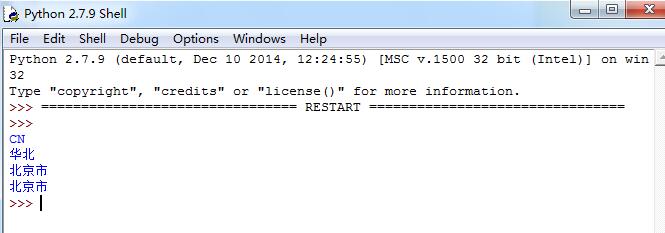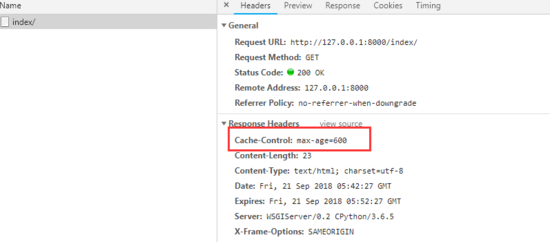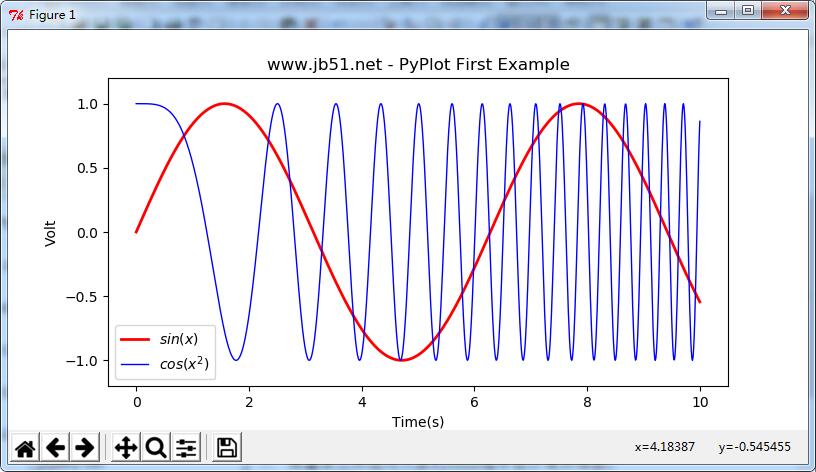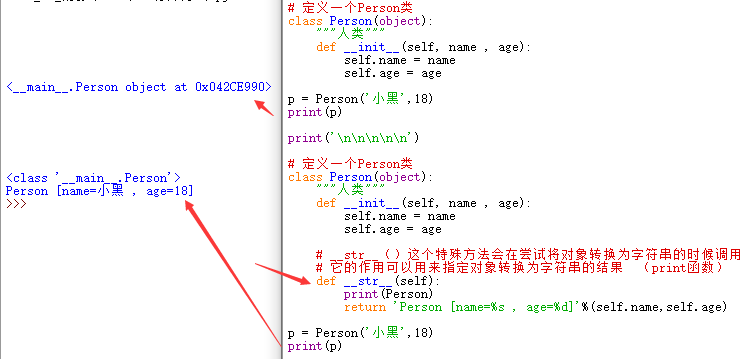对python requests的content和text方法的区别详解
问题:
一直在想requests的content和text属性的区别,从print 结果来看是没有任何区别的
看下源码:
@property
def text(self):
"""Content of the response, in unicode.
If Response.encoding is None, encoding will be guessed using
``chardet``.
The encoding of the response content is determined based solely on HTTP
headers, following RFC 2616 to the letter. If you can take advantage of
non-HTTP knowledge to make a better guess at the encoding, you should
set ``r.encoding`` appropriately before accessing this property.
"""
#content的完整代码就不贴了。
@property
def content(self):
"""Content of the response, in bytes."""
结论是:
resp.text返回的是Unicode型的数据。
resp.content返回的是bytes型也就是二进制的数据。
也就是说,如果你想取文本,可以通过r.text。
如果想取图片,文件,则可以通过r.content。
(resp.json()返回的是json格式数据)
举个栗子
# 例如下载并保存一张图片
import requests
jpg_url = '/zb_users/upload/202003/o4acg1gwtjk.jpg'
content = requests.get(jpg_url).content
with open('demo.jpg', 'wb') as fp:
fp.write(content)
以上这篇对python requests的content和text方法的区别详解就是小编分享给大家的全部内容了,希望能给大家一个参考,也希望大家多多支持【听图阁-专注于Python设计】。




